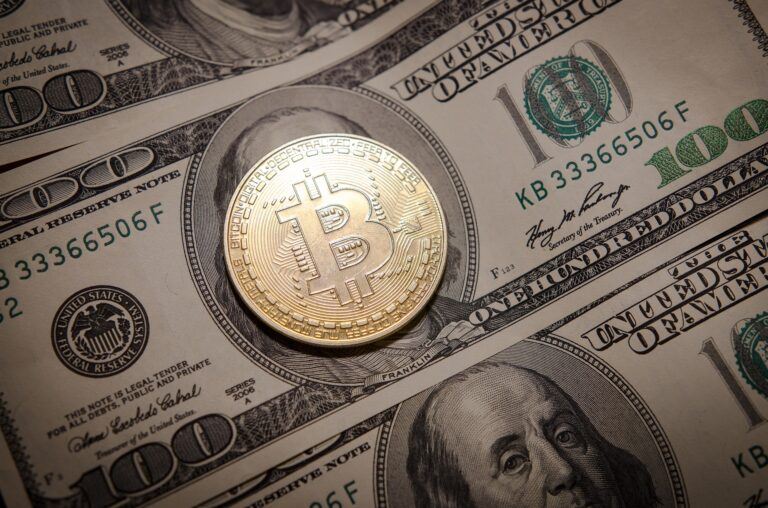Arthur Hayes, the Co-Founder and former CEO of BitMEX, published an insightful essay on his blog on January 15, discussing the implications of the recently approved US-listed spot Bitcoin ETFs and their broader impact on the global financial system and the cryptocurrency market.
The Necessity of Keeping Capital Within the System
Hayes began by emphasizing the need for capital to remain within the financial system to manage the vast amount of unproductive debt. He pointed out that Bitcoin, being outside this system, now shows little to no correlation with bonds. Hayes warned that if bond vigilantes were to sell government bonds in favor of Bitcoin and other cryptocurrencies, it could lead to the collapse of the global financial system by forcing the recognition of inherent losses and necessitating a radical downsizing of financial firms and governments.
Financialization of Bitcoin via Spot ETFs
To prevent such a scenario, Hayes argued that the elite must financialize Bitcoin by creating a highly liquid Exchange Traded Fund (ETF). He drew parallels with the gold market, where the SEC approved ETFs like SPDR GLD in 2004. Hayes suggested that if capital fleeing a potential blowup in global government bond markets were to flow into a spot Bitcoin ETF managed by large traditional finance (TradFi) firms like Blackrock, it would still be safely within the system.
The Timing and Approval of Spot Bitcoin ETFs in the U.S.
Hayes highlighted the peculiar timing of the spot ETF approval process. He noted that while the Winklevoss twins’ application for a spot Bitcoin ETF in 2013 was denied for over a decade, Blackrock’s application in June 2023 was approved within six months. He questioned the sudden receptiveness of the U.S. SEC to such an application.
The Nature of a Spot Bitcoin ETF
Hayes clarified that a spot Bitcoin ETF is a trading product used to earn more fiat, not actual Bitcoin. He stressed that it is not a path to financial freedom and remains within the TradFi system. For true escape, he advised buying Bitcoin, withdrawing it from exchanges, and self-custodying it.
Why Approve the Spot ETF Now
Hayes pondered the timing of the spot ETF’s approval, linking it to the critical juncture for the global financial system. He speculated that with the global bond market estimated at $133 trillion, the inflows into spot Bitcoin ETFs could be substantial, especially if bond prices continue falling.
China’s Role and the Market Impact of the Spot Bitcoin ETFs
Hayes also mentioned that China would likely launch a copy of a US-listed spot Bitcoin ETF in Hong Kong to capture flows within China and the Asia Pacific. He focused on the market impact of the Blackrock spot Btcoin ETF, given Blackrock’s status as the world’s largest asset manager with a robust ETF distribution platform.
Creation and Redemption of ETF Shares
Hayes detailed the process of creating and redeeming shares of the ETF, involving large TradFi trading firms as authorized participants (APs). He explained the mechanics of these transactions and the potential for spot arbitrage opportunities.
Leveraged Derivatives and Options Trading
Hayes discussed the potential for leveraged derivatives and options trading related to the ETF. He anticipated the popularity of options with short expiries and high leverage, especially once listed options start appearing on US exchanges.
Featured Image via Pixabay









